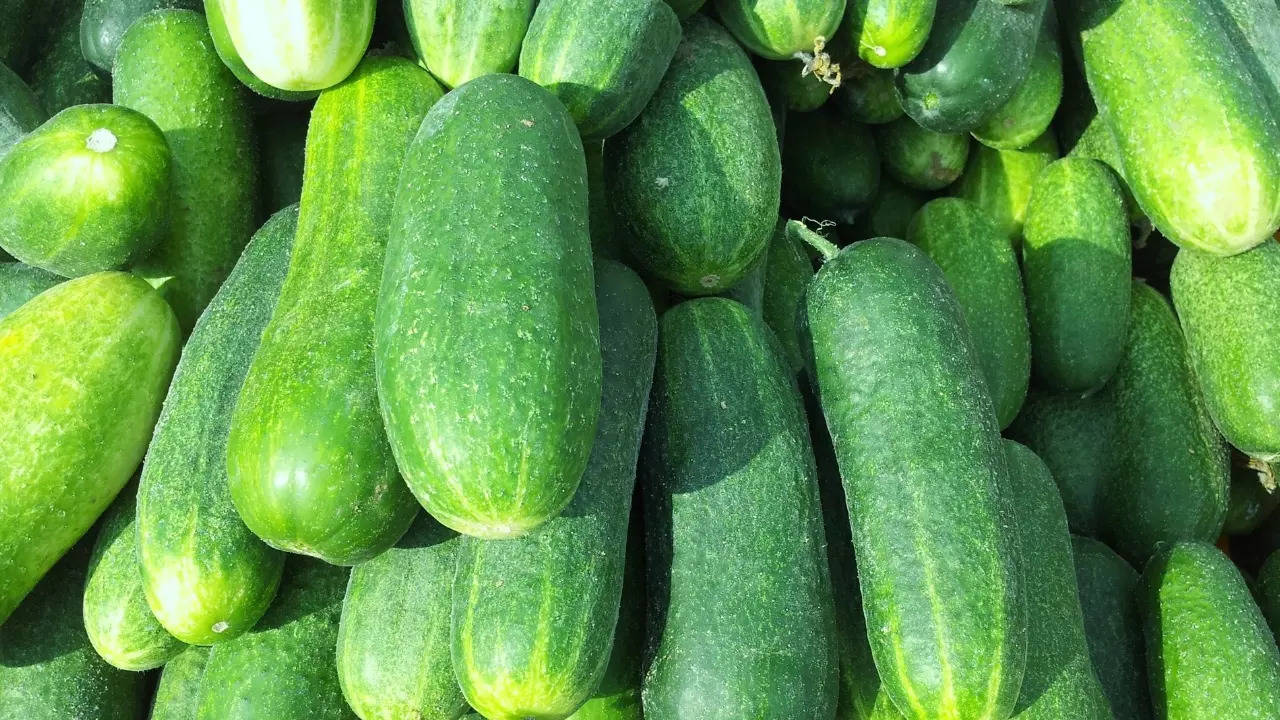
Celebrated with much fervour across India and the world, this festival involves a variety of rituals, fasting, and traditional foods.Among the many customs observed, one that stands out due to its unique cultural and spiritual significance is the offering of cucumber (Kheera) or Armenian cucumber (Kakdi), during the Janmashtami rituals. But why is cucumber, an otherwise simple vegetable, so significant on this sacred day? Read to know more about it.
Story behind chappan bhog offered to Lord krishna on Janmasthami
The tradition of offering cucumber during Janmashtami is deeply rooted in symbolism and mythology. According to Hindu beliefs, cucumber represents a fresh start and is considered a symbol of purification and vitality. The offering of cucumber during Janmashtami symbolises the cleansing of the soul and mind, akin to the fresh and cooling nature of the vegetable itself.
Additionally, cucumber is believed to have a close association with the birth of Lord Krishna. According to some legends, Lord Krishna was born in the middle of the night, a time when the heat of the day subsides, and coolness prevails. Cucumber, being a cooling food, is symbolic of the calming and soothing effect that Krishna’s birth is said to have had on the world. It is believed that just as cucumber cools the body, Krishna’s presence cools the soul and brings peace and tranquillity.
Moreover, cucumber is considered a pure and sattvic (pure, light, and easy to digest) food, making it ideal for consumption during fasting, a key aspect of Janmashtami celebrations. The cool and hydrating properties of cucumber align with the idea of purifying the body and mind while fasting, as devotees prepare to welcome the divine energy of Lord Krishna.
How is this ritual performed?
The ritual involving cucumber is performed with great devotion and precision. It typically takes place at midnight, the believed time of Krishna’s birth. To begin the ritual, devotees first prepare a simple offering, or ‘bhog’ which includes various sattvic foods like fruits, milk, butter, and cucumber.
The cucumber is carefully chosen for its freshness and is often marked with a kumkum symbol, which signifies auspiciousness. The cucumber is then placed on a small plate or in a bowl filled with water, representing purity and life. During the ritual, the priest or the head of the family performs a ‘puja’, or worship ceremony, where sacred hymns and mantras dedicated to Lord Krishna are chanted.
A significant part of the ritual is the symbolic act of cutting the cucumber vertically in half, which represents cutting away one’s ego, desires, and sins. This act is symbolic of surrendering oneself to the divine and inviting Lord Krishna into one’s life with a pure heart. After the cucumber is cut, it is offered to the deity along with other foods and flowers. Devotees believe that this offering purifies them spiritually and brings them closer to Krishna’s divine grace.
Once the puja is complete, the cucumber is distributed among the family members as ‘prasad’. It is believed that consuming the prasad brings blessings and divine protection.
The significance of cucumber in Janmashtami rituals goes beyond its physical properties. It represents purity, calmness, and spiritual renewal. The ritual of offering cucumber during Janmashtami is not just a tradition but a meaningful practice that allows devotees to express their devotion and seek blessings from Lord Krishna. Through this simple yet profound act, devotees aim to cleanse their souls and align themselves with the divine energy of Krishna, celebrating his birth with love, faith, and purity.
(images courtesy: Canva)
























